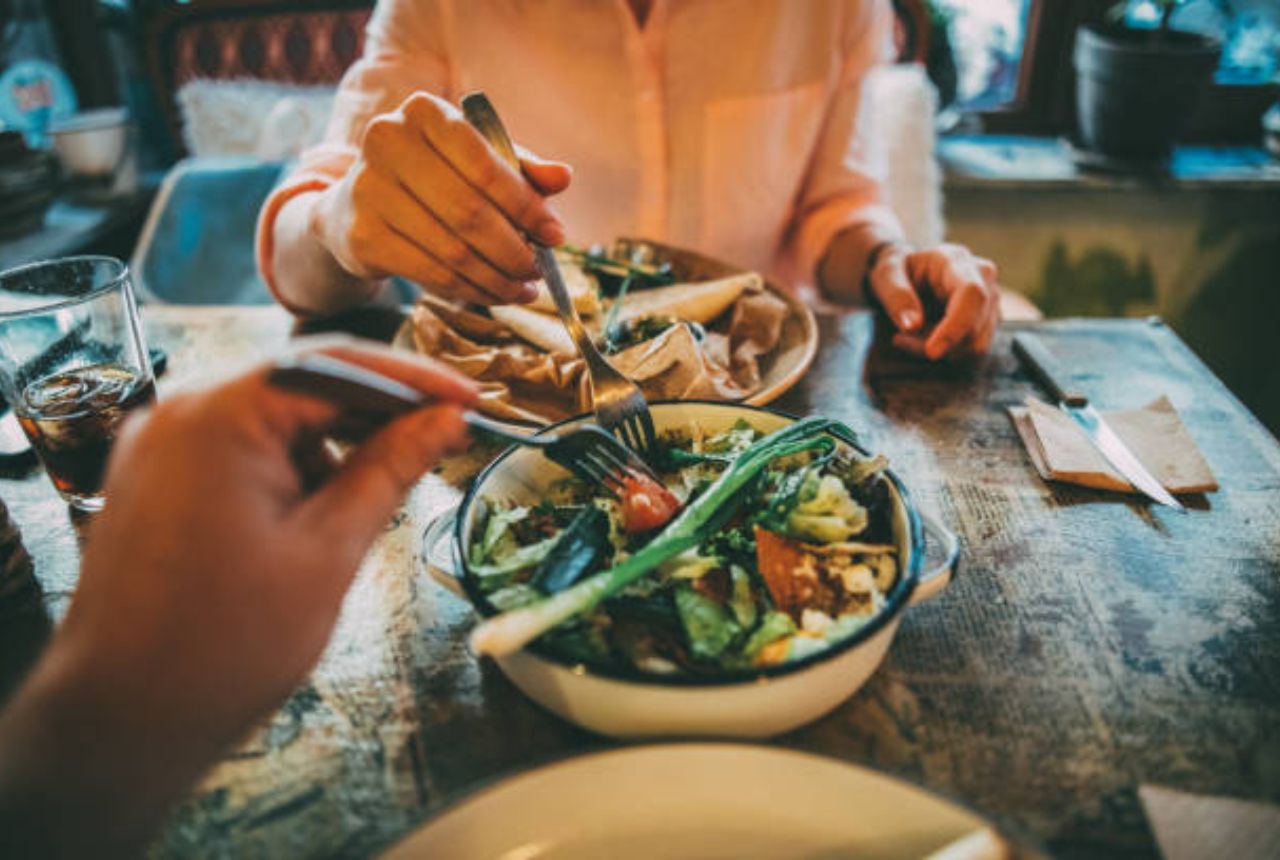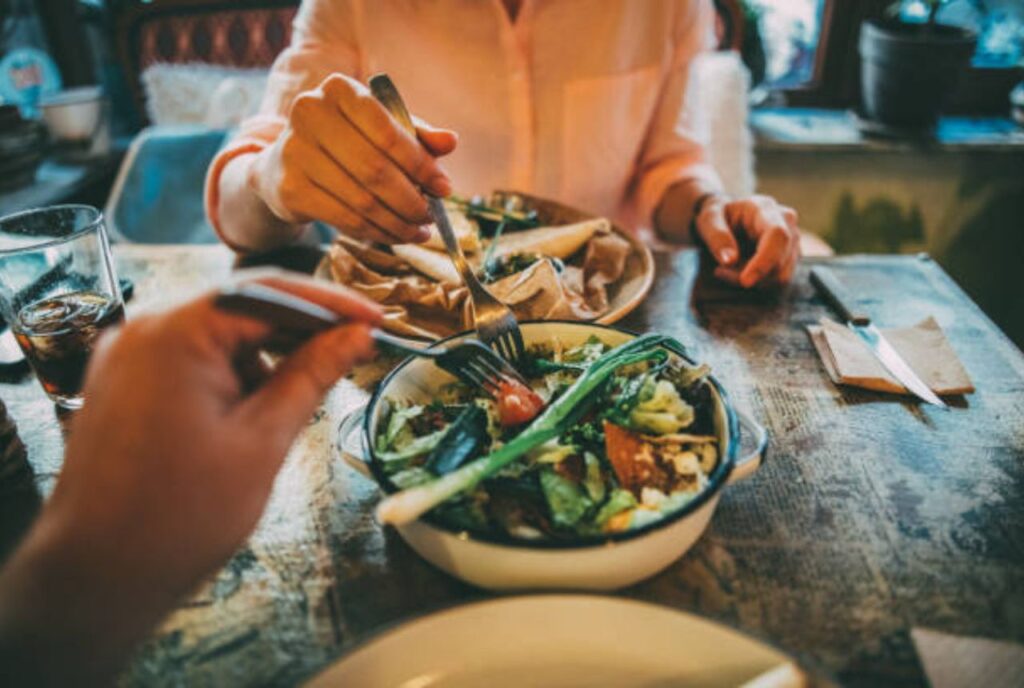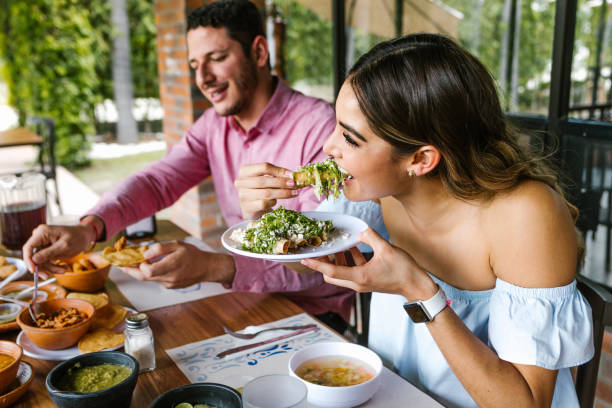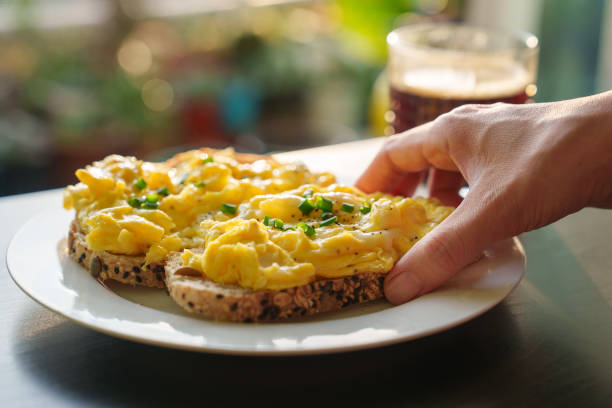Ever sit down at a table and realize—wait a minute, where’s the fork? Yeah, same. For those of us raised to believe that a fork is basically the Holy Grail of eating utensils, this can feel… odd. But here’s the kicker: billions of people around the world don’t rely on forks at all. And honestly? They’re doing just fine—some might say better than fine.
So, why don’t some cultures use forks? And more importantly, what do they use instead? Grab your (non-fork) snack and let’s talk about it.
A Quick Reality Check
Let’s just be clear—forks are not some ancient, universal tool. They didn’t even hit the mainstream in Europe until around the 11th century. Before that, people were perfectly happy using their hands, knives, or even spoons.
In fact, in many cultures, eating with your hands is more than tradition—it’s a whole vibe. It’s cultural, it’s sensory, and it’s honestly kind of therapeutic. Ever tried scooping rice with your fingers? It’s an art form.
Why Some Cultures Skip the Fork
1. Tradition Over Tools
Many cultures have centuries-old dining customs that don’t involve forks—and they see no reason to switch things up. Take India, for example. There, eating with your hands isn’t just accepted; it’s encouraged.
Why? Because it’s believed that eating is a full sensory experience. Touching your food brings you closer to it. It helps you feel more connected to what you’re eating, literally and spiritually. Plus, the food somehow just tastes better—don’t ask me why, but it does.
Ever tried tearing soft naan with a fork? Yeah… good luck with that.
2. Practicality (Because Forks Can Be Awkward)
Let’s be real: some foods just don’t work with forks. Sticky rice? Chopsticks or hands win that battle. Slippery noodles? Good luck keeping those on a fork without doing the twirl-and-pray maneuver.
In cultures where the staple foods are things like soupy curries, soft flatbreads, or bite-sized bits, a fork just gets in the way.
So… What Do They Use Instead?
1. Hands (Yep, the Originals)
Used in: India, parts of Africa, the Middle East, Southeast Asia
In many regions, people use their right hand to scoop, mix, and eat their meals. (FYI: The left hand usually stays out of the food action for hygiene reasons.)
This isn’t just about grabbing food like a caveman—there’s an actual technique. You use your fingertips, not your whole hand. It’s graceful, not messy. Well… unless you’re new at it. Then it’s mild chaos, but you’ll get the hang of it.
And IMO, there’s something super satisfying about feeling your food. It adds texture to the experience (pun intended).
2. Chopsticks
Used in: China, Japan, Korea, Vietnam, Thailand
Ah, chopsticks—the classy cousins of the fork. These bad boys have been around for over 3,000 years and are still going strong. They’re precise, elegant, and once you master them, weirdly fun to use.
What’s fascinating is how each culture uses them a little differently:
- In Japan, chopsticks are shorter and often come to a finer point.
- In China, they’re longer and more blunt at the tip.
- In Korea, they’re flat and usually made of metal (which, FYI, is not easy to master).
Why chopsticks? They’re ideal for grabbing bite-sized portions, noodles, and pretty much anything that doesn’t need stabbing or slicing.
3. Spoons and Hands (Combo Deal)
This is used in Philippines, Indonesia, parts of Sri Lanka
This one’s clever: a spoon in the right hand, a fork in the left—or no fork at all. But instead of using the fork to eat, it’s used to push food onto the spoon.
Or, for some dishes, they ditch the spoon altogether and go full hands-in. It depends on the food, the setting, and honestly, your mood.
In Filipino culture, this is super common. It’s called “kamayan” when eating with hands, and it’s especially used for feasts with lots of shared food spread out over banana leaves. You haven’t lived until you’ve eaten grilled fish, rice, and mango salsa straight from your fingers.
4. Bread as a Utensil
Used in: Ethiopia, Middle East, North Africa
Forget forks—what if your utensil is edible? That’s what’s happening in places where flatbreads like injera or pita are the stars of the show.
In Ethiopia, people use injera, a soft, spongy sourdough pancake, to scoop up delicious stews and lentils. It’s genius. No dishes, no waste, and it tastes amazing.
Same goes for pita or naan in Middle Eastern or Indian meals. You rip off a piece and use it like a little food shovel. Super efficient. Also: deliciously dangerous. You will overeat.
5. The Three-Finger Scoop
Used in: Various Islamic cultures
In many Muslim-majority countries, people follow the Prophet Muhammad’s teachings about eating with three fingers of the right hand. It’s a method rooted in modesty, mindfulness, and gratitude.
It’s not just about the motion—it’s about slowing down, appreciating your meal, and sharing with others. Honestly, it makes our fast-food, eat-in-the-car culture feel a little… sad. Just saying.
But Wait—Isn’t This Messy or Unhygienic?
Short answer: Not at all.
In fact, people who eat with their hands tend to wash them more thoroughly before meals (makes sense, right?). In many of these cultures, handwashing is a ritual, not a suggestion.
Also, utensils can actually spread more bacteria if they’re not cleaned properly. Your fingers? You control those. And you’re more likely to wash them before every meal than you are to sterilize your cutlery.
So yeah, the “cleaner” argument doesn’t really hold up.
The Cultural Beauty of Not Using Forks
Here’s the thing: using forks isn’t better or worse—it’s just different. And honestly, learning about how other cultures approach food is half the fun of eating.
Eating with hands or chopsticks or bread doesn’t mean “less advanced” (ugh, please don’t be that person). It often means more tradition, more connection, and more flavor.
Plus, let’s be honest—eating a juicy mango with your hands feels way more satisfying than cutting it with a fork and knife. If you disagree, you probably haven’t tried it.
Should You Try It?
If you’ve never eaten with your hands or used chopsticks, you’re missing out. It’s not just about technique—it’s about stepping into someone else’s world, even if only for a meal.
So next time you have curry, ditch the fork and go full kamayan. Order Ethiopian takeout and use that injera like a pro. Or pick up chopsticks and give sushi night a go.
Just don’t stab your dumplings with a fork. That’s a culinary crime.
Final Thoughts
So why do some cultures skip the fork? Because they never needed it in the first place. They’ve been thriving with hands, chopsticks, spoons, and bread for centuries. And honestly, after trying some of these methods myself, I kinda get it.
There’s something freeing about ditching the metal prongs and connecting with your food the old-fashioned way. It’s fun, it’s cultural, and hey—it might even make your meal taste better. Or maybe that’s just the sauce all over your fingers.
Either way, the next time you sit down to eat, take a second to think about how—and why—you’re using the utensils you use. Who knows? You might discover a new favorite way to dig in.
Now, if you’ll excuse me, I’m about to go demolish some biryani—with my hands. Because that’s how the pros do it.










